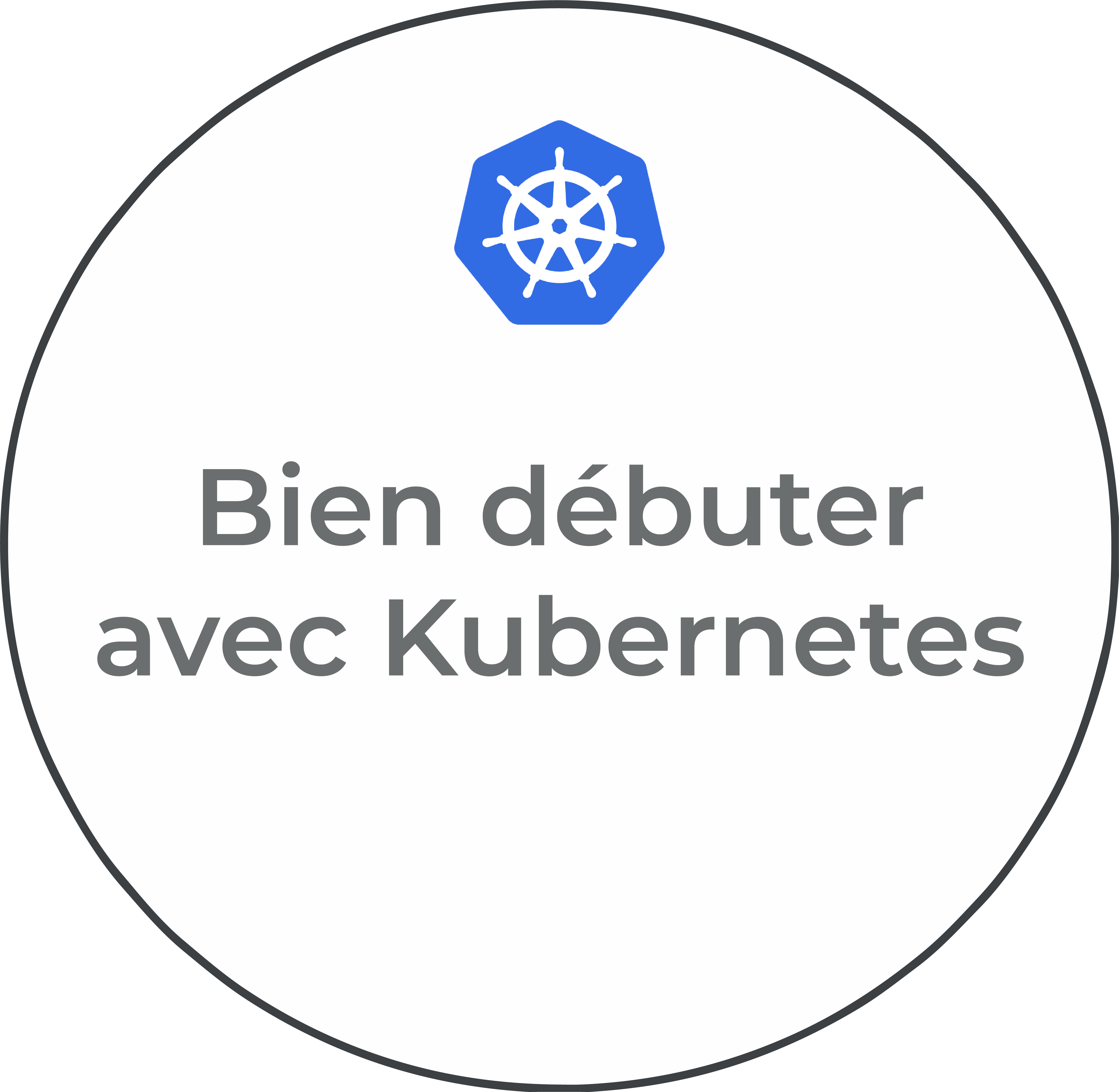- Duration: 2 days
- Format: Face-to-face or distance learning
- Prerequisites: Basic skills with command line tools and the Linux environment.
Experience in system administration, deployment and management of applications in a cloud or on-premises environment.
Practical experience with Docker. - Audience: Cloud architects, cloud engineers, SysOps/DevOps administrators and engineers, developers
- Price: Please contact us
- More information in our training catalogue
The course in detail
The basics of Kubernetes
- Discover the Kubernetes API and associated resources:
-pod
-namespace
-service
-deployment
-ingress - Interact with the Kubernetes API using the kubectl command.
- Practical workshop: Deploy a first application exposed by a loadbalancer, scale the application.
Advanced concepts
- Get an introduction to configuration variables and best practice in terms of managing secrets within pods.
- Discover more about use of ‘Persistent Volumes’ and ‘Persistent Volume Claim’ and assembly in containers.
- Optimise container scheduling through resource reservation, affinity & auto-scaler.
- Get an introduction to access rights management: role-based access control and service accounts.
- Find out more about implementation of health checks.
- Practical workshop: host a complex workload and make use of healthchecks for container lifecycle management.
Managing application releases with Kubernetes
- Get an introduction to the use of labels.
- Trigger, pause and resume or roll back updates; get familiar with Canary release deployments and create this type of deployment.
- Get an introduction to Kubernetes application packaging using Helm .
- Practical workshop: Explore & deploy a packaged application with Helm.
Deployment within the Google Kubernetes Engine
- Log and monitor containers using Stackdriver.
- Learn more about the administration of a GKE cluster: resizing node pools, Kubernetes version upgrade and autoscaling nodes.
- Practical workshop: Explore automated application deployment chains with Cloud Build,
- Cloud Registry & GKE.
Introduction to Istio (service mesh)
- Learn about Istio and its key features.
- Discover more about securing and telemetry of inter-container communications using Virtual Services.
- Demo: Implement Istio with an existing application, leveraging the metrics produced.

